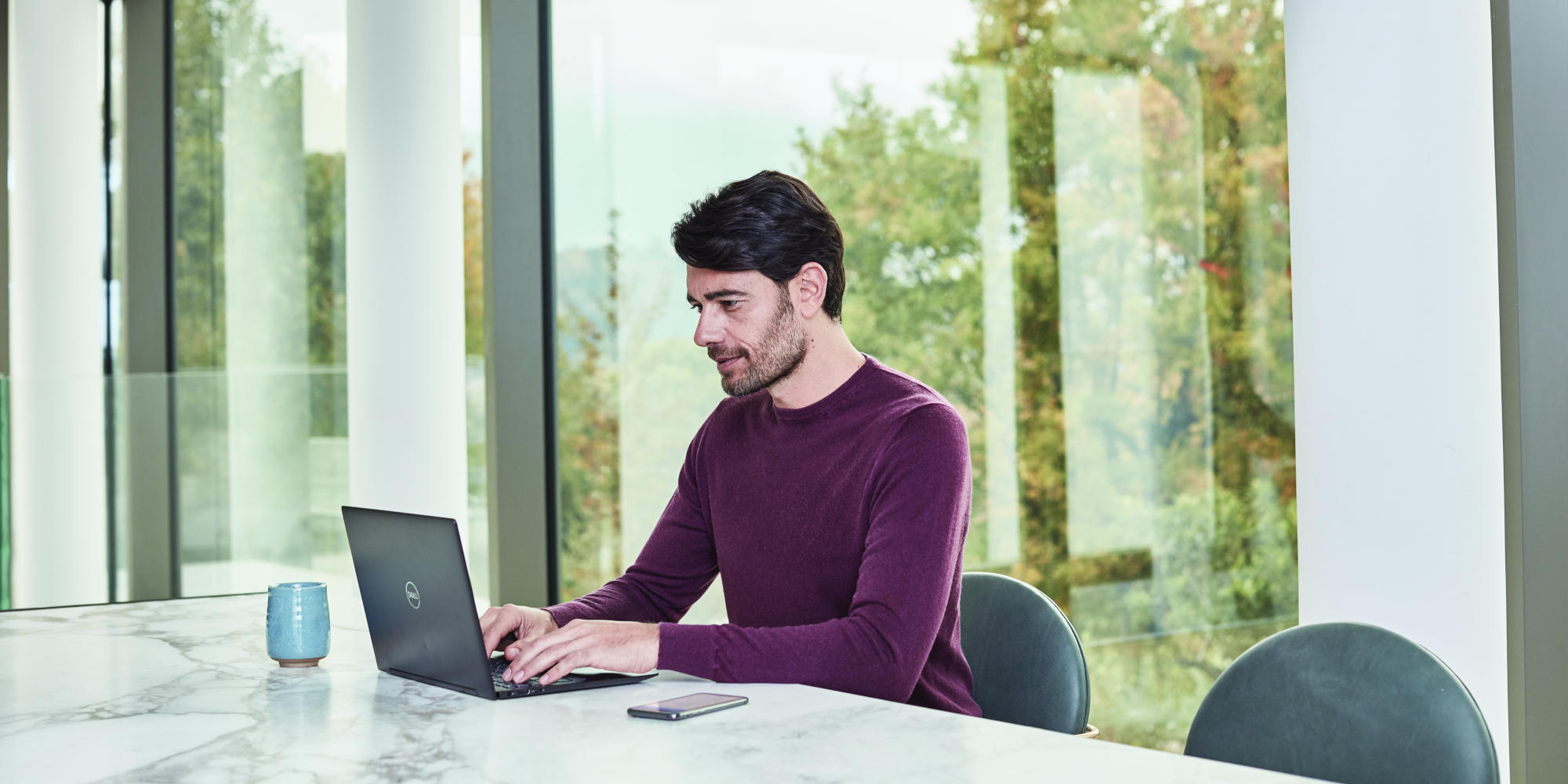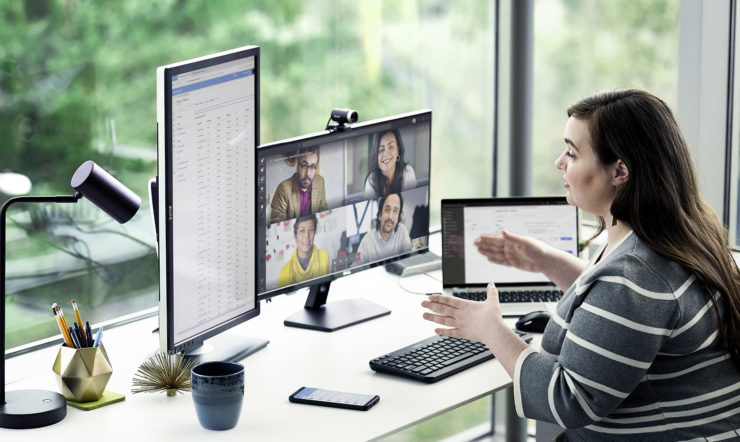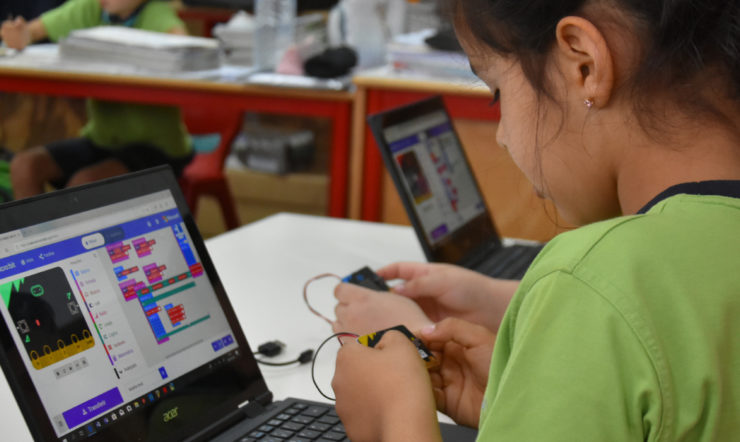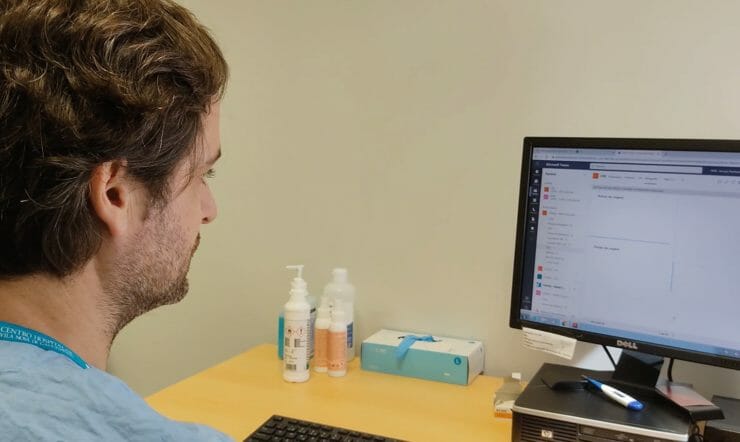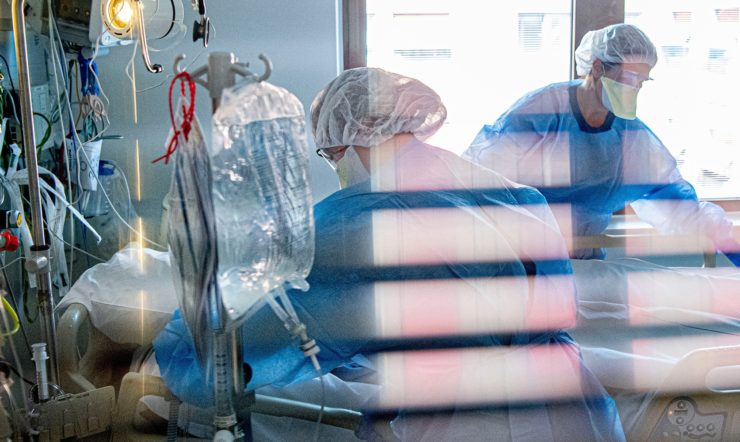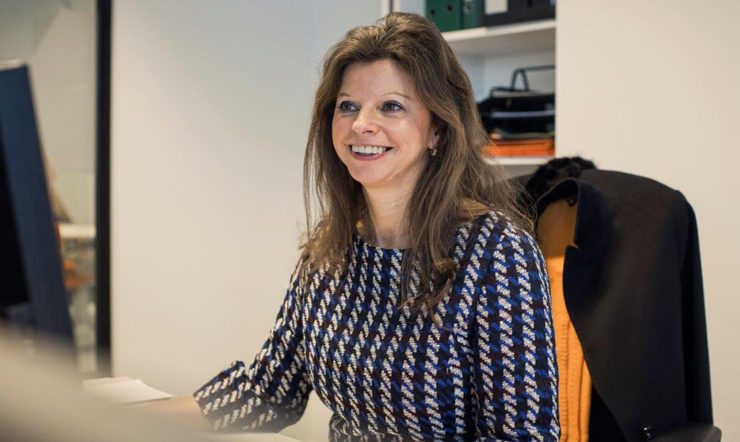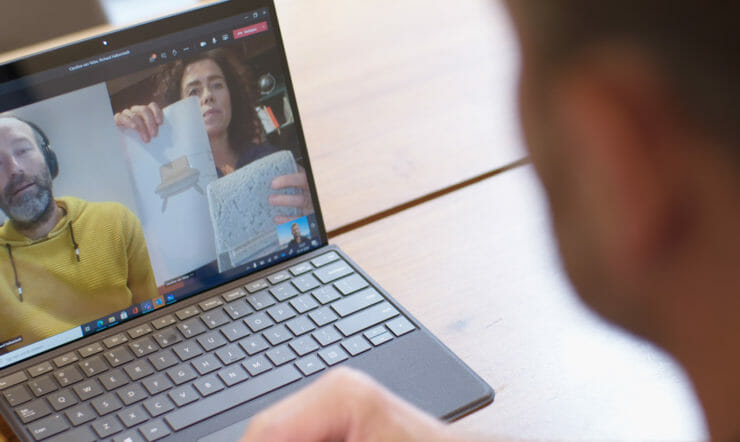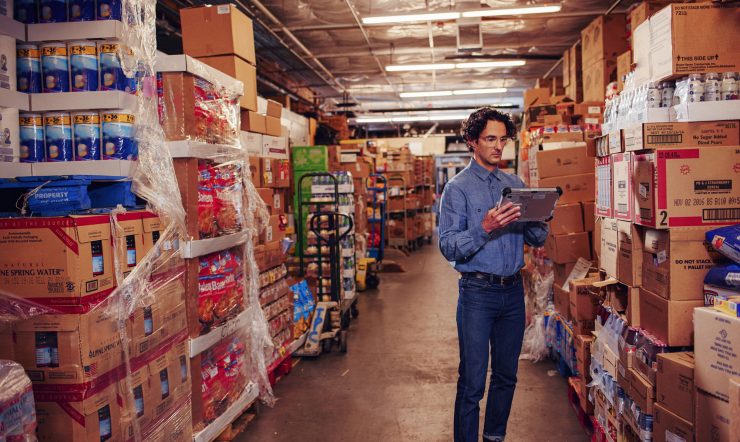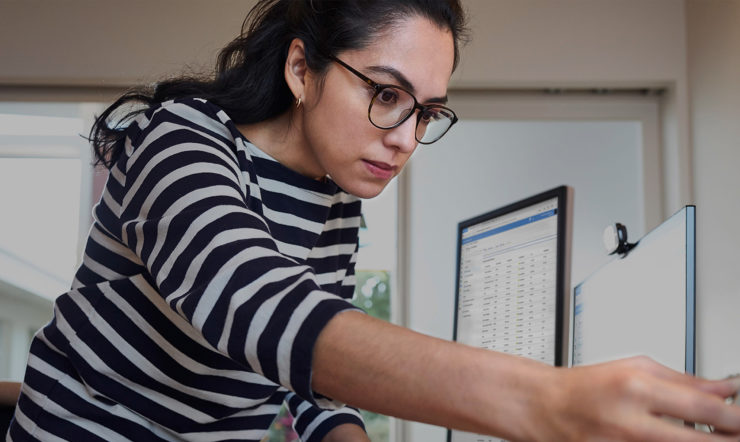The COVID-19 pandemic has generated a torrent of individual and small-group responses as to how education could be transformed. We have found a groundswell of interest in the question, “How best to take advantage of the new opportunities arising from the disruption?” What people desperately need are opportunities to team up and find pathways of action that can deepen learning for students and teachers and to engage in new ways of learning that result in better outcomes.
In the paper, we argue that the solutions lie before us. We have the opportunity to creatively manage the immediate issues and learn from this remote experience, while building a bridge to a reimagined education system.
We outline a strategy for moving from this crisis to a future-focused system in three phases:
Phase 1:
Disruption identifies initial responses and the lessons learned during the first months of school closures. As systems experienced the disruption phase, they had to navigate through three zones: The Unsettled Zone, The Learning Zone, and The Growth Zone (see page 3-4 of the paper). The zones are not finite or discrete and may not even be sequential, but the questions posed in each zone provide a lens for systems and individuals to recognize where they are functioning and to take action.
Phase 2:
Transition outlines ways to navigate planning for reopening, when the pandemic is still creating uncertainty using the School Reopening Tool. As systems begin to open, flexibility is essential as the new normal may include a combination of remote and in-school learning. Four key guidelines for tackling the transition phase include:
- Be mindful of well-being
- Reflect on lessons learned
- Manage safety and operations
- Lead the learning agenda
Phase 3:
Reimagining lays out a vision that enables all students to thrive and prepares them with skills to navigate ambiguity and change. This phase draws from the best of traditional approaches, innovative practices, and insights from remote learning to shape new, flexible, agile hybrid learning models. This time of uncertainty has magnified the question of what kind of learning is required in 2020 and beyond. To reimagine learning we need to reflect on what we know about learning, our students, the new role of technology, and the complexity of an uncertain future.
Six key questions can foster deep reflection and be used to engage all who need to be part of the solution:
- What knowledge, skills, and attributes do our students need to thrive in this complex world?
- What kind of learning is needed for this current and future complexity?
- How do we ensure equity?
- How do we attend to well-being?
- What have we learned from remote learning?
- How can technology be best leveraged for learning in the future?
As people discuss and begin to consider new ways of learning, we find that many want to take the opportunity to alter the basic learning paradigm that relies on lectures and textbooks. Instead, there is a call for new modes that are both engaging and immerse students in more authentic and worthwhile learning. Some of these new paradigms have already been developed where “deep learning” systems have been put in place. Deep learning experiences are those that produce learning that sticks for life. They are profoundly personalized, collaborative, student-centered, and are intrinsically motivating for students as they pursue topics that are of real interest to them. When learning environments include all students as contributors and change agents, students begin to develop a sense of efficacy. Relationships and engagement—the gatekeepers of learning—are emphasized in this learner-centered model. Voice, choice, and agency are central to deep learning.
What does quality education look like in the new hybrid environment? Technology will be prominent in the service of the twin humanity pillars of well-being and learning. During the disruption and transition phases, technology is crucial to connect both society and students. What has emerged is the more powerful way technology can be used when it moves from simply a system of delivery to a vehicle for collaboration, discovery, understanding, and action. In turn, well-being (mental and physical) and its associated relationships will be foundational to learning. And learning itself will cultivate and build on the sense of purpose among children and youth to contribute to a better world for themselves and others.
Every child needs and deserves a great education. Across the globe, there is a growing recognition that education systems must improve and try new approaches to live up to that promise. To help ensure the well-being and academic success of all students, we must reimagine curricula, teaching and assessment practices, the role of teachers and students in the learning environment, and more.
We believe that the sudden shift to remote learning globally, while tremendously difficult, has propelled school system leaders and educators to reflect deeply on what works best for students and what innovations should be taken up. This in turn can cause upward pressure for important policy changes. It will take creativity and a lot of work to advance these changes while driving student learning and ensuring the well-being of youth and educators. In pursuing this kind of transformation, we are pursuing a better future for humanity.
It is crucial that we act now!
For a better understanding of this emerging topic, we encourage you to download the full paper and join our team for an on demand webinar, where Microsoft’s Barbara Holzapfel and Mike Tholfsen lead a discussion on the future of learning. We hope that these resources will help you reimagine education as you look toward the future.
This article was originally written by Michael Fullan and Joanne Quinn, Global Directors at New Pedagogies for Deep Learning


